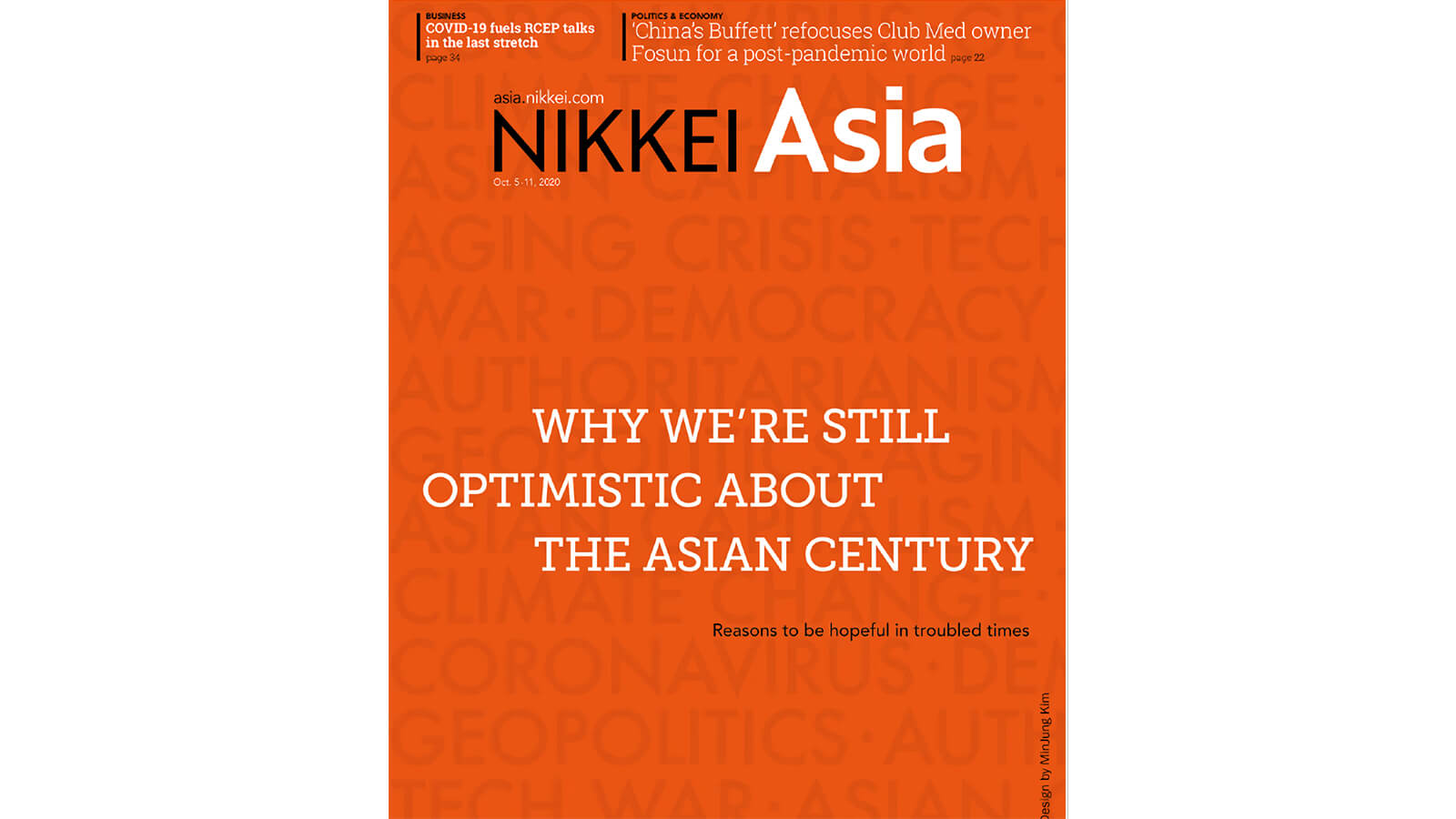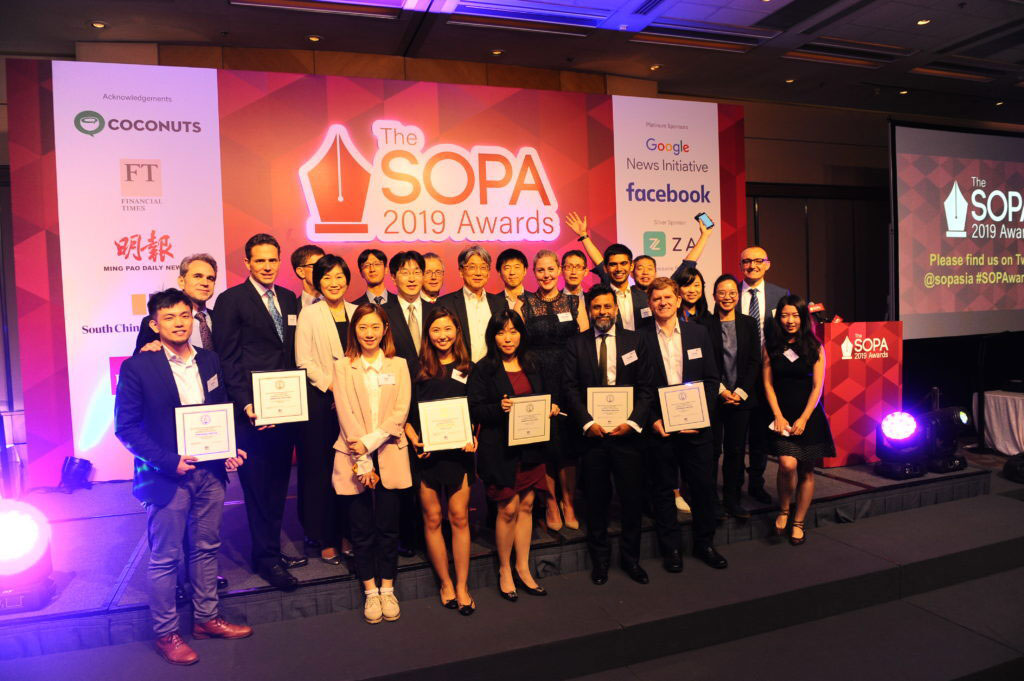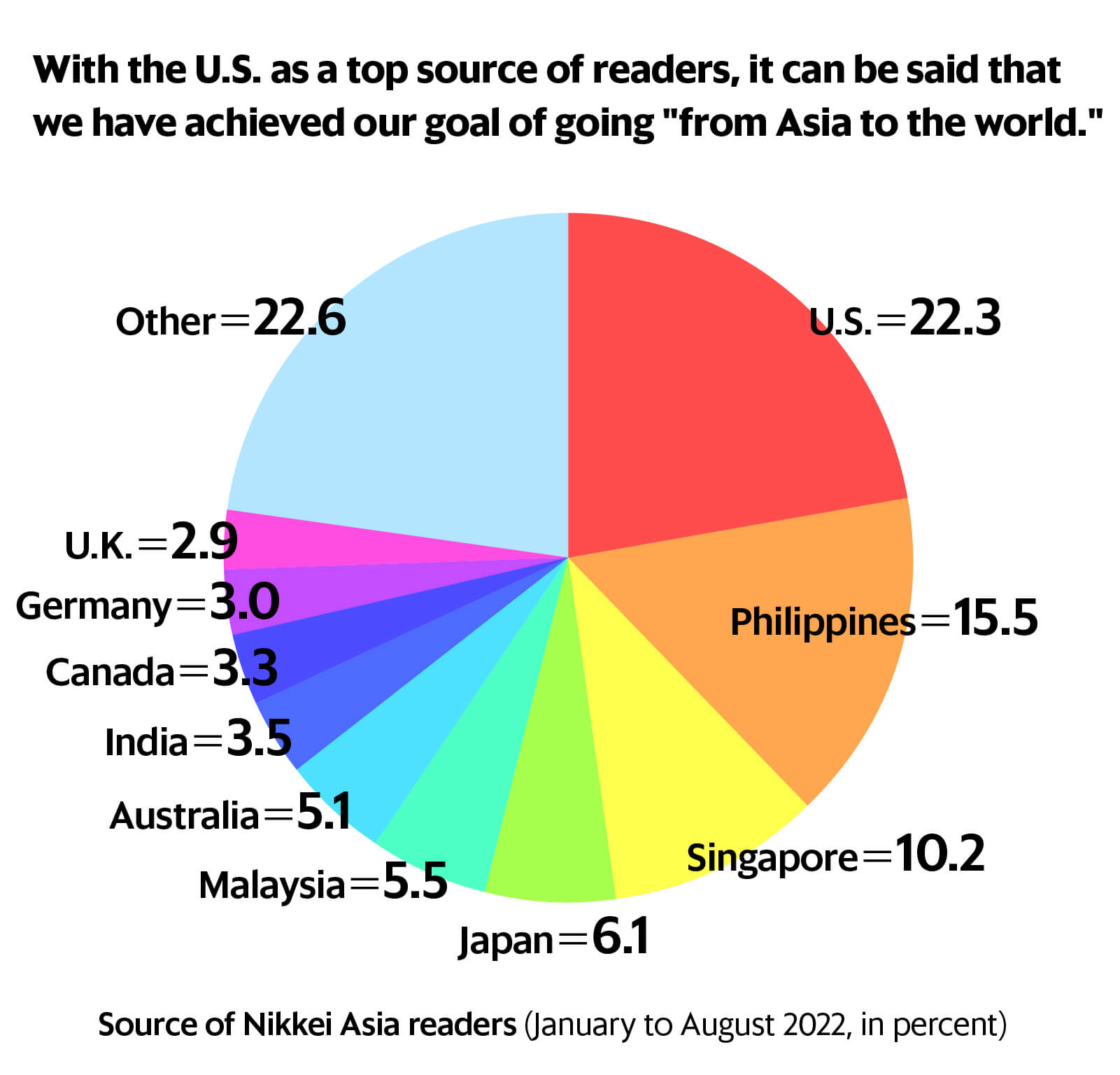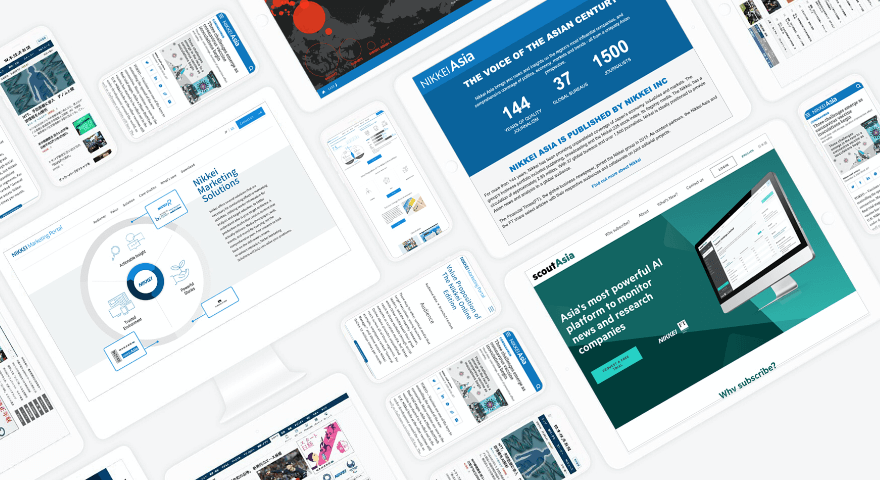- History
10 years on, Nikkei Asia serves as flagship in global push (Part2)
Working with the FT
An even bigger turning point for Nikkei Asian Review came in November 2015, when Nikkei completed its acquisition of the Financial Times of the U.K. We made a huge leap forward by bringing in an audience engagement expert and editor from the FT, a leading digital-first publication.
Michael Stott took over as managing editor of the Tokyo Editorial Bureau in April 2017, and since then, a system has been created in which three editors from the FT, including a deputy editor-in-chief, rotate into Tokyo. With the FT editors in place, locally hired bilingual reporters were able to write under their own bylines, in contrast to the system in which traditional media organizations -- including Nikkei -- hire such reporters as assistants to "correspondents" sent from Tokyo, London, New York or other media strongholds. This "new combination," which had not been done until then, further enhanced Nikkei Asian Review's development as an innovative outlet.

The first issue of the revamped Nikkei Asia (Oct. 1, 2020)
On Sept. 30, 2020, at the height of the new coronavirus pandemic, Nikkei Asian Review changed its brand name to Nikkei Asia. The title of the special issue released on that occasion was "Why we're still optimistic about the Asian century." Given that the title of our first issue was "The Age of Asia," we were reaffirming our intention to be Asia's leading media organization.
To pave the way for our continued growth, the editorial and business divisions have been working together since 2019 to hit subscriber targets. By the end of 2019, the total was 20,000 paid subscribers, a number previously thought unattainable. We then achieved 30,000 subscribers at the end of 2020, and 40,000 at the end of 2021. By continuously achieving double-digit growth amid a media slump, the company's presence as the "flagship media organization for global strategy" is becoming ever more prominent.
"Eventually, we'll win on Center Court at Wimbledon." More important than the number of paid subscribers, however, is our relentless pursuit of quality in our journalism.
In April 2022, we won three top awards in four categories, including international reporting and technology, at the 27th Best in Business Awards run by the Society for Advancing Business Editing and Writing (SABEW), which recognizes outstanding business reporting from around the world. It was our first time to enter the awards, and we were honored to compete with The New Yorker, Forbes and other leading U.S. media outlets.
A series of articles, including "Cyber slavery: inside Cambodia's online scam gangs" (Sean Turton), a report on the criminal gangs operating in Southeast Asia, and "Tech underclass: the harsh reality of Asia's digital commerce boom" (Steven Borowiec), a report on the couriers exhausted by the expansion of Asia's online market, won the top awards in the international reporting category and technology category, respectively.
Nikkei Asia also received an award for general excellence in the category for medium-size publications.
Other articles, including "Apple's nightmare before Christmas: Supply chain crisis delays gift deliveries," a feature by Cheng Ting-Fang and Lauly Li that traced the structural changes in the information technology and automobile industry supply chains brought about by the global semiconductor shortage, received honorable mentions in two categories.

The 2019 Society of Publishers in Asia awards ceremony (May 29, 2019, Hong Kong).
While we had been winning SOPA Awards since June 2015, before the purchase of the FT, in 2021 we moved up from the category of "regional media" to "global media," finally entering the fray at "Wimbledon." We came away empty-handed after our first entry in 2021, but we were finalists in the technology reporting and opinion writing categories at the 2022 SOPA Awards.
We placed behind The Economist and Reuters in the technology reporting competition, and just behind Bloomberg in opinion writing. We were the "runner-up," so to speak, but were able to successfully outcompete The Economist in the opinion writing category.

The Italian mainstay newspaper Il Foglio published a front-page article titled "Modello Nikkei Asia" ("Nikkei Asia Model") on March 18, 2021, introducing Nikkei Asia as the "Economist d'oriente" ("The Economist of the East"). There is no doubt that we are approaching, or at least are being recognized as approaching, the pinnacle of economic journalism, The Economist, which seemed a distant summit when we first set out.
Our paid subscribers are spread across more than 130 countries, mainly in Asia. Europe and the U.S. account for over 30% of the total, while Japan makes up less than 20%. In terms of page views, the U.S. leads, with Japan in fourth place at about 6%. Our initial goal of conveying "Asian perspectives to the world," set at the time of our first issue, has already been achieved.
It has been 10 years since our launch. As the flagship media outlet in Nikkei's global strategy, our goal of "winning Wimbledon on Center Court" has steadily come into view.
Go To Official Site:https://asia.nikkei.com/
Nikkei Inc.

Our mission is to deliver useful information to businesspeople around the world through our global products. We use our extensive network in Asia to conduct in-depth research on fast-growing markets and companies. By bringing you unique perspectives and the latest economic and political news, we help you succeed in your business in Asia.
See More
